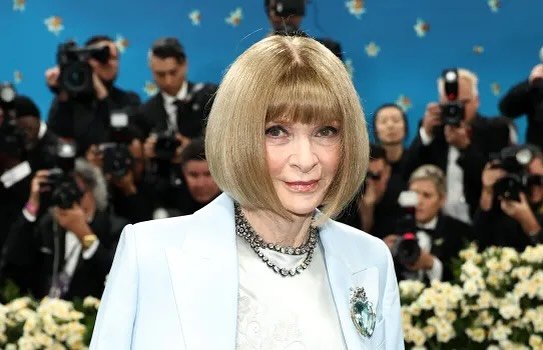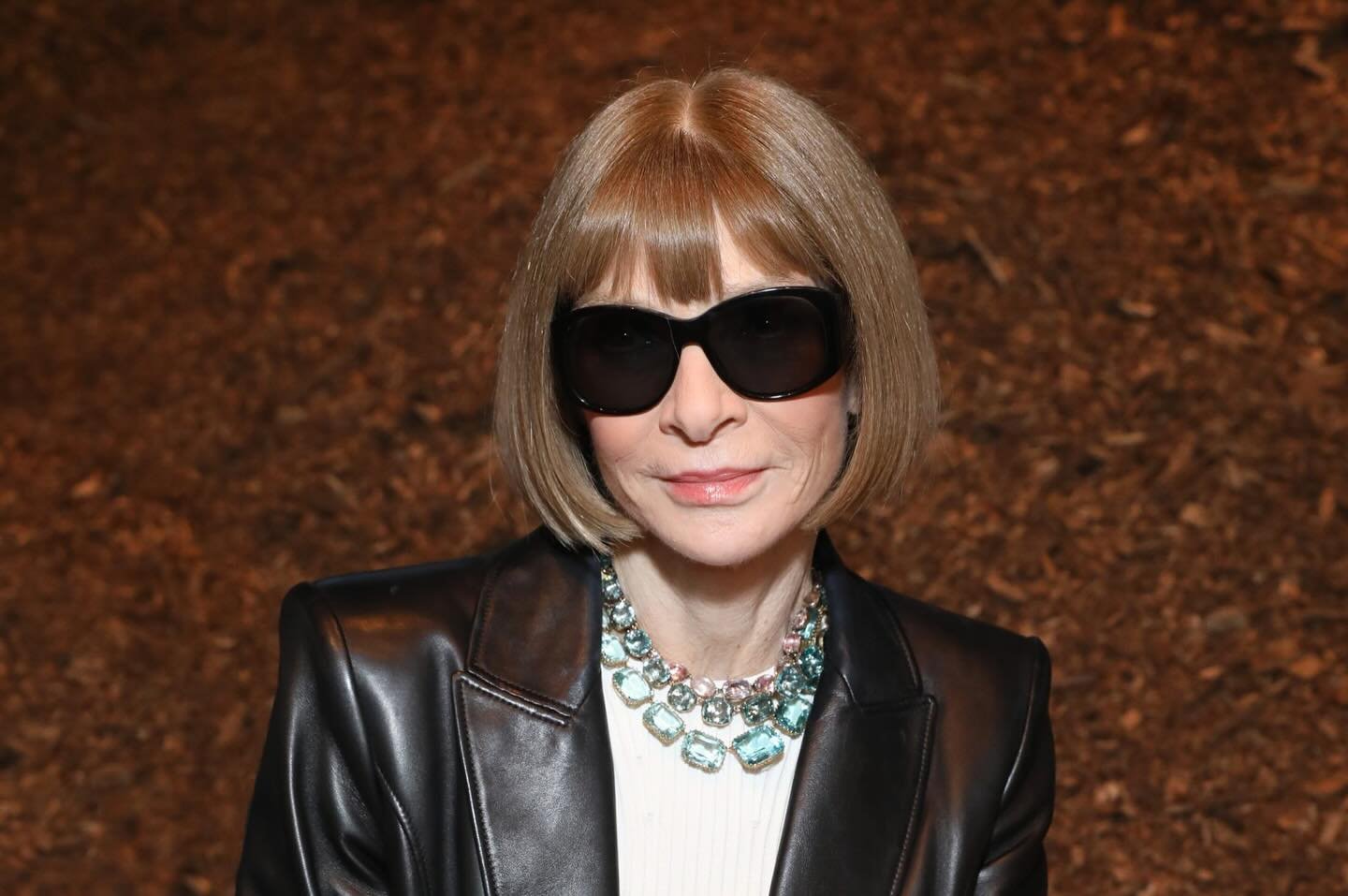
Dame Anna Wintour is a name that resonates far beyond the glossy pages of fashion magazines. For nearly four decades, her influence has shaped not only what people wear but also how the world perceives style, celebrity, and even power. Now, in a move that has the fashion world abuzz, Wintour is stepping back from her iconic role as editor-in-chief of American Vogue after 37 years—though she certainly isn’t leaving the stage just yet.
A British Icon at the Helm of American Fashion
Anna Wintour’s story begins in London, where she was born in 1949. Her early years saw her working at the legendary Biba boutique and the underground magazine Oz, before moving to New York in the 1970s. There, she swiftly climbed the editorial ranks, landing her first role at Vogue as creative director in 1983. After a stint as editor-in-chief of British Vogue, she returned to the US to take over the top job at American Vogue in 1988.
From the moment she arrived, Wintour made it clear that change was coming. Her very first cover broke tradition: model Michaela Bercu appeared in a Christian Lacroix jacket and a pair of $50 jeans, marking the first time denim featured on the magazine’s front page. This blend of high fashion and street style set the tone for her tenure.
Transforming Vogue—and the Industry
Wintour’s approach was revolutionary. She brought celebrities to the covers, championed emerging designers, and wasn’t afraid to mix affordable fashion with luxury couture. Under her leadership, Vogue became a “fashion bible,” setting trends globally and helping to launch the careers of designers like John Galliano, Alexander McQueen, and Marc Jacobs.
Her eye for talent and her willingness to support new voices have been widely praised. The CFDA/Vogue Fashion Fund, which she helped establish, has provided vital financial backing and mentorship to up-and-coming designers, helping to secure the future of fashion.
The Power Behind the Met Gala
Beyond the pages of Vogue, Wintour has wielded significant influence as the organiser of the Met Gala since 1995. The annual event, held at New York’s Metropolitan Museum of Art, has raised more than $300 million (£220 million) for the museum’s fashion wing and become the most anticipated night in the fashion calendar. Her ability to bring together celebrities, designers, and cultural icons has cemented her status as a power broker in both fashion and entertainment.
Not Just a Fashion Editor
Wintour’s reach extends well beyond fashion. She has been recognised with honours on both sides of the Atlantic, including a damehood from Queen Elizabeth II in 2017 and the Companion of Honour from King Charles earlier this year. Her influence is such that she is credited with shaping not only trends but also the very culture of celebrity and style.
Her signature bob and dark sunglasses have become symbols in their own right. Wintour herself has described the glasses as a “prop,” helping her to both see and not see, a fitting metaphor for someone who has always kept her cards close to her chest.
The Devil Wears Prada: Fact or Fiction?
Wintour’s formidable reputation has inspired both admiration and fear. The character of Miranda Priestly in Lauren Weisberger’s novel The Devil Wears Prada—and its film adaptation starring Meryl Streep—was widely believed to be based on Wintour, who was once Weisberger’s boss. While Wintour has dismissed the story as fiction, the legend of her exacting standards and icy demeanour persists.
Why Step Back Now?
The timing of Wintour’s decision to step back from the day-to-day running of US Vogue has sparked speculation. Some see it as part of a broader strategy to modernise the magazine’s structure and bring in fresh voices, while others believe it’s simply Wintour’s way of staying ahead of the curve. In a statement to staff, she said, “Anybody in a creative field knows how essential it is never to stop growing in one’s work. Now, I find that my greatest pleasure is helping the next generation of impassioned editors storm the field with their own ideas”.
Wintour will remain as Condé Nast’s global chief content officer and Vogue’s global editorial director, overseeing the brand’s editions worldwide. The new head of editorial content for US Vogue will report directly to her, ensuring that her influence will continue to be felt at every level.
A Legacy That Endures
Wintour’s impact on fashion and culture cannot be overstated. She has nurtured talent, broken boundaries, and kept Vogue at the forefront of global style. Her leadership has been recognised not just with awards, but with the respect of an entire industry. As Natalie Massenet, chairman of the British Fashion Council, put it: “There isn’t a person working in fashion who has not been inspired and influenced by Anna’s leadership”.
Even as she steps back from one of the most powerful jobs in fashion, Wintour shows no sign of slowing down. She remains a creative force, a mentor, and a symbol of British excellence on the world stage. For the UK audience, her story is one of ambition, innovation, and enduring influence—a reminder that true style never goes out of fashion.

Conclusion:
Anna Wintour’s legacy is defined by her transformative impact on both fashion and media. Over nearly four decades, she elevated Vogue into a global authority, championed emerging designers, and set new standards for editorial excellence. Her leadership extended beyond the magazine, shaping major cultural events like the Met Gala and influencing conversations about diversity and innovation in the industry. Despite facing criticism and adapting to a rapidly changing media landscape, Wintour’s vision and adaptability ensured Vogue’s continued relevance and prestige. As she steps back from daily editorial duties, her influence remains deeply embedded in the fashion world, inspiring new generations of creatives and leaders. Wintour’s story is a powerful reminder of how vision, determination, and a willingness to embrace change can leave a lasting mark on an entire industry. Her contributions will continue to shape fashion for years to come, both in the UK and globally.
To read more, click here
